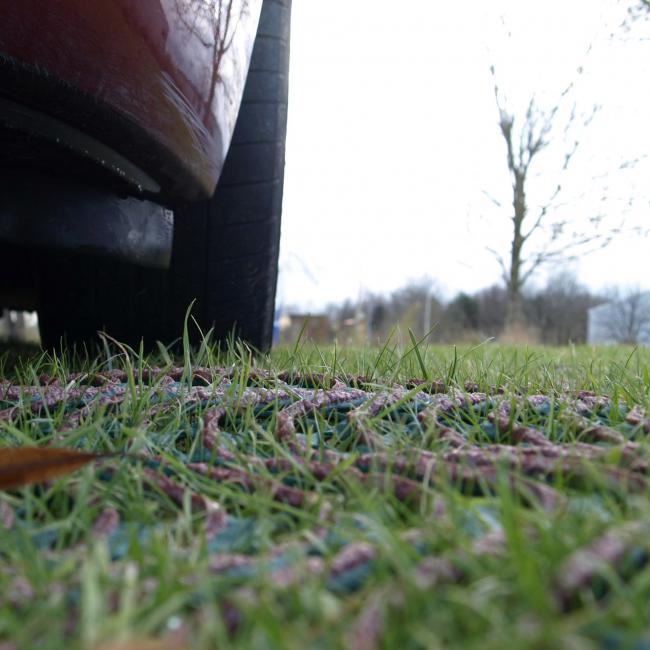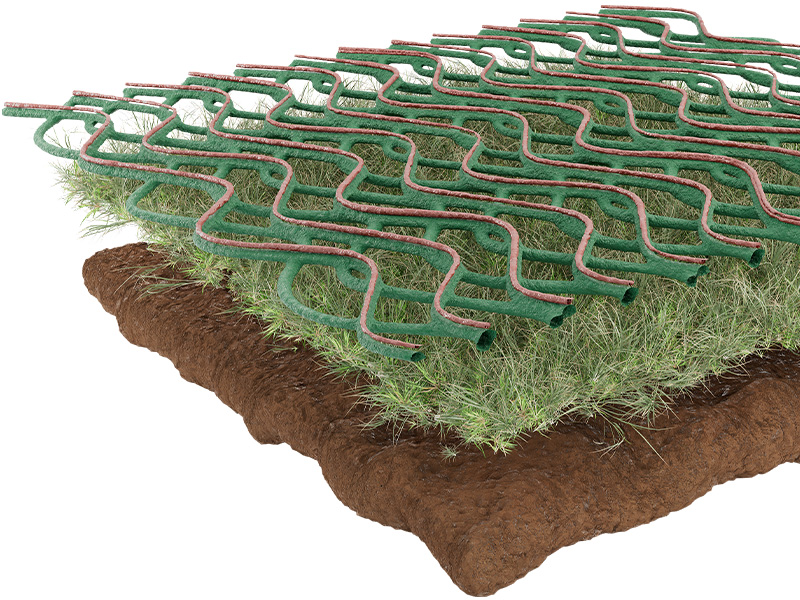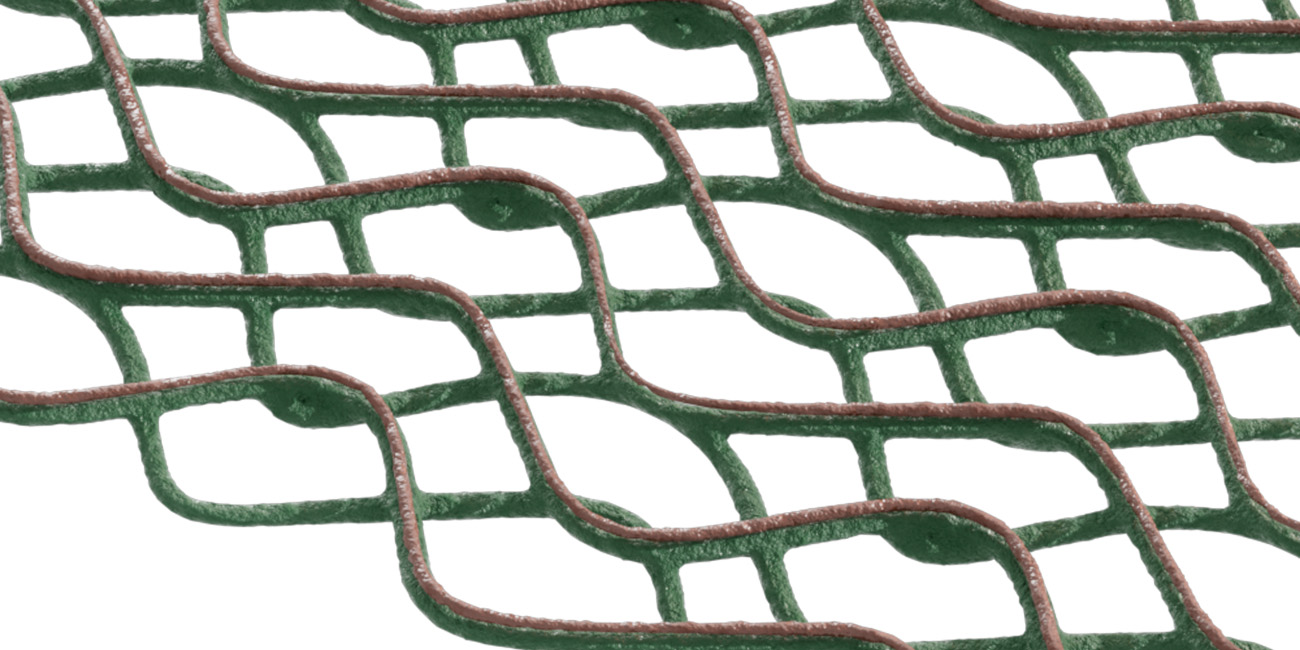No products in the basket.
Geoworks TurfMesh™
Contact Us Request a Quote
TurfMesh is a versatile grass support system, which can be installed on already established lawns and park areas. TurfMesh provides great versatility as a temporary system or left in position to become a permanent and integral reinforcement mesh.
TurfMesh is laid directly onto the grass surface and secured in place by supplied steel U-pins. Grassroots quickly grow through and establish within the mesh apertures and areas of installation return to a natural appearance as the TurfMesh becomes part of the grassroot matrix.
Request a Quotation
Request a Quotation
In order to provide you with a quotation, please provide us with your contact details, requirements and timescales.
How much do I need?
Please use our square meter calculator to calculate how many Grids you need for your ground reinforcement project. Please enter the width in metres and the length in metres to find out your desired square meterage. If you require further help and information, please contact our helpful sales team on +44 (0) 1773 875 255 or customerservices@ecodeck.biz.
X
You will need square metres
Grass protection system
TurfMesh is a versatile grass support system, which can be installed on already established lawns and park areas. TurfMesh provides great versatility as a temporary system or left in position to become a permanent and integral reinforcement mesh.
TurfMesh is laid directly onto the grass surface and secured in place by supplied steel U-pins. Grassroots quickly grow through and establish within the mesh apertures and areas of installation return to a natural appearance as the TurfMesh becomes part of the grassroot matrix.
If you have already purchased one of our products, please activate your warranty here.
Technical Specifications
| Colour | Brown |
|---|---|
| Material | Polypropylene |
| Structure | Rhomboidal |
| Strength | 6.5 kN/m |
| Residual thickness @ 500kPa | 50% |
| Roll Size | 2m x 20m roll |
| Tensile strength (MD) | 6.5 kN/m |
What are S.U.D.S
S.U.D.S infoEcodeck are proud to offer a sustainable solution to SuDS. SuDS are a nature-based solution to drainage problems. They reduce the impact of rainfall, for example by using grassed and other permeable surfaces, creating rain gardens, or building attenuation ponds in order to reduce the potential for surface water or river flooding. The excess rainfall is captured and then slowly filtered into the ground.



